Mold negatively impacts real estate values and buyer confidence, thriving in dark, damp conditions. Early detection through visual inspection or professional assessments is vital to prevent extensive damage. Key factors influencing home value include infestation extent, remediation costs, and location history with moisture/mold issues. Common mold-prone areas are basements, attics, and bathrooms due to elevated humidity and poor air circulation. Exposure to mold can cause health problems, especially for those with respiratory conditions or weakened immune systems. Legal considerations regarding mold disclosure protect buyers' investments and health. Proactive measures, regular maintenance, and industry-standard remediation are crucial to preserve home value and shield investors from legal liabilities associated with mold-related issues.
“In real estate transactions, understanding common mold problems is crucial for both buyers and sellers. This comprehensive guide delves into the various types of mold, their causes, and their significant impact on home value. We explore high-risk zones within residential properties, health risks associated with mold exposure, and legal considerations. Additionally, we provide strategic preventive measures and remediation tips to safeguard investors in today’s market. By addressing these issues, you can navigate real estate transactions with confidence, ensuring a healthy and valuable asset.”
- Understanding Mold: Causes and Types in Residential Properties
- The Impact of Mold on Home Value: A Comprehensive Analysis
- Common Areas for Mold Growth: Identifying High-Risk Zones
- Health Risks Associated with Mold Exposure: What Buyers Should Know
- Legal Considerations and Disclosure Requirements for Real Estate Transactions
- Preventive Measures and Remediation Strategies to Protect Investors
Understanding Mold: Causes and Types in Residential Properties
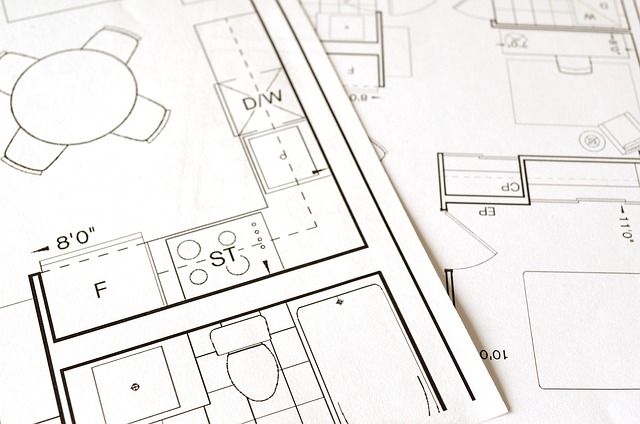
Mold is a common issue in real estate transactions, affecting both home value and potential buyers’ peace of mind. Understanding mold growth and its various types is essential for prospective homeowners and investors alike. Mold thrives in dark, damp environments, making residential properties with poor ventilation or leaks particularly vulnerable. It can be hidden behind walls, under flooring, or within crawl spaces, often going unnoticed until it becomes a significant problem.
There are numerous types of mold, with black, green, and white being the most common varieties found in homes. Each type has distinct characteristics and potential health impacts. For instance, black mold (Stachybotrys) is known for its toxic properties, releasing spores that can cause respiratory issues and other health problems. Identifying mold early through visual inspection or professional assessments is crucial to prevent extensive damage and ensure a safe living environment. Prompt action and effective remediation methods are essential to maintain home value and mitigate potential health risks associated with mold.
The Impact of Mold on Home Value: A Comprehensive Analysis

Mold can significantly impact the value of a property, as it not only affects the physical structure but also raises concerns about health and safety for potential homeowners. A comprehensive analysis of mold’s influence on home value reveals several key factors. First, the extent of mold infestation plays a crucial role; extensive or hidden mold growth can depreciate a property substantially. Second, the cost of remediation is another critical consideration; addressing mold issues may require substantial financial investment, which can deter buyers and negatively affect sales prices. Moreover, location matters; properties in areas prone to moisture or with known historical mold problems might face lower appraisals despite other desirable features. Homebuyers and sellers alike must be aware of these factors to ensure transparent transactions and maintain fair market value.
Common Areas for Mold Growth: Identifying High-Risk Zones
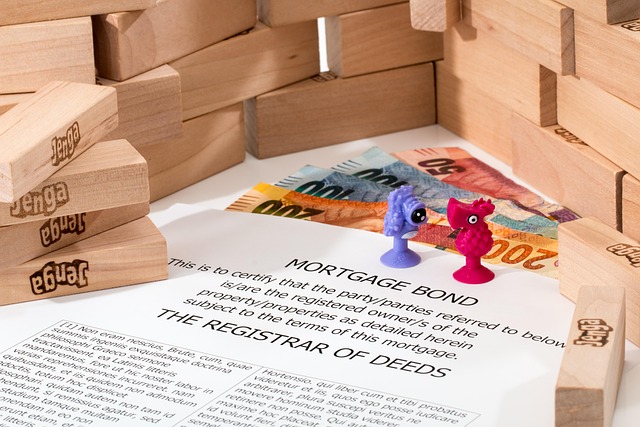
Mold thrives in dark, damp environments, making certain areas within a property more prone to its growth. Basements, attics, and bathrooms are common hotspots due to their higher humidity levels and limited ventilation. Cracks in walls or ceilings, water leaks, and insufficient insulation can further exacerbate these risks.
When inspecting a home for potential mold issues, focus on areas with signs of water intrusion or past plumbing problems. Visible stains, musty odors, and peeling paint are red flags that warrant further investigation. Regularly checking these high-risk zones during routine maintenance is key to preventing mold from impacting the home’s value.
Health Risks Associated with Mold Exposure: What Buyers Should Know
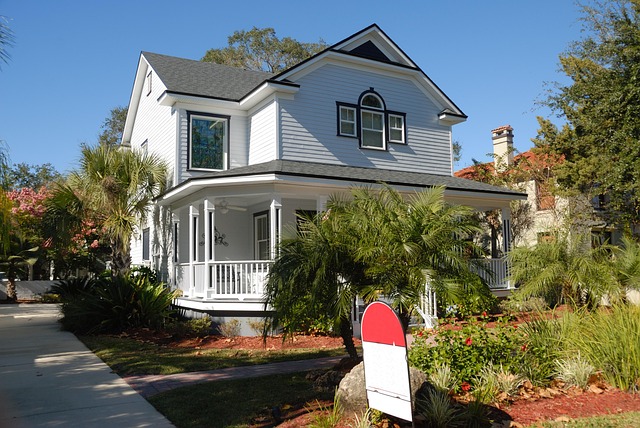
Exposure to mold can pose significant health risks, particularly for those with existing respiratory conditions or compromised immune systems. Buyers interested in real estate transactions should be aware that hidden mold problems could impact not only their health but also the overall home value. Inhalation of mold spores may lead to symptoms such as coughing, sneezing, runny nose, and eye irritation. Prolonged exposure can result in more severe issues like allergies, asthma attacks, and even neurological disorders.
It’s crucial for potential homeowners to thoroughly inspect properties for signs of water damage or moisture issues, which often indicate mold growth. Regular ventilation and humidity control are essential to prevent the accumulation of mold spores indoors. Addressing any mold problems before closing on a property can help protect buyers’ health and ensure that their investment maintains its value over time.
Legal Considerations and Disclosure Requirements for Real Estate Transactions
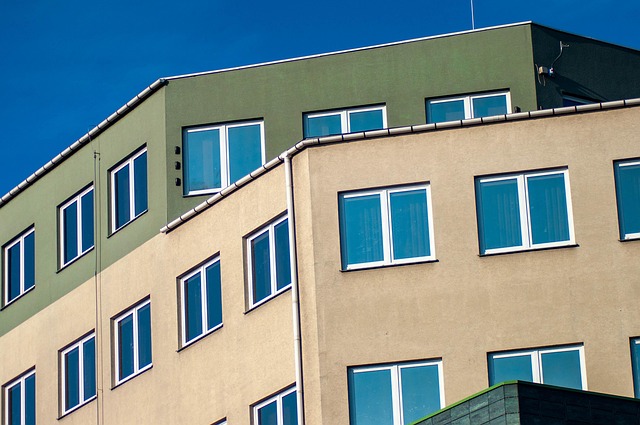
In real estate transactions, legal considerations and disclosure requirements regarding mold are crucial for both buyers and sellers. One of the primary concerns is ensuring transparency about any existing mold issues to protect the home buyer’s investment and health. Sellers are often legally obligated to disclose known mold problems to potential buyers, as failing to do so could lead to legal repercussions and reduced home value due to mold-related issues.
These disclosure requirements vary by jurisdiction but generally mandate that sellers provide written notice of any significant mold incidents, including the scope and cost of necessary repairs. Buyers, on the other hand, have a responsibility to conduct thorough inspections to identify potential mold issues. By adhering to these legal considerations and disclosure practices, both parties can navigate real estate transactions more smoothly, mitigating risks associated with hidden mold problems that could negatively impact home value.
Preventive Measures and Remediation Strategies to Protect Investors
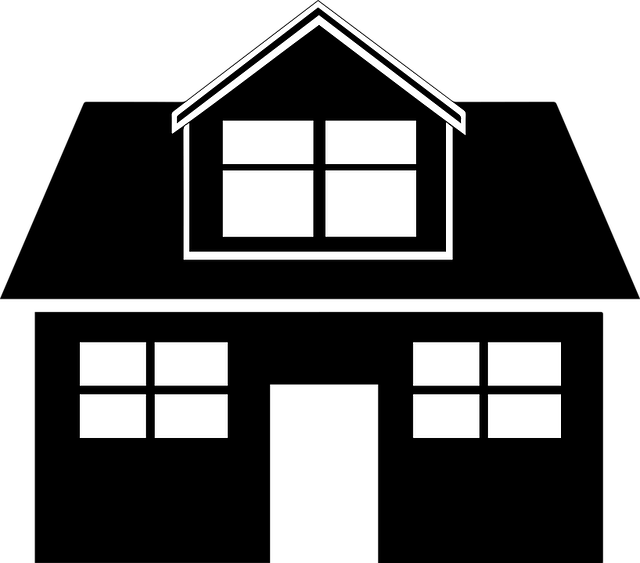
To protect investors and preserve home value, proactive measures and effective remediation strategies are essential when addressing common mold problems in real estate transactions. Start with a thorough inspection during the initial property evaluation to identify potential mold-prone areas such as basements, bathrooms, and areas with past water damage. Regular maintenance, including prompt repair of leaks and adequate ventilation, can significantly reduce moisture levels and deter mold growth.
For detected mold issues, remediation should follow industry standards. This involves containing the affected area, removing contaminated materials, and properly disposing of them to prevent further spread. Using appropriate personal protective equipment (PPE) and following recommended cleaning protocols ensures a safe and effective remediation process. Prompt action not only mitigates health risks but also protects investors by minimizing damage and potential legal liabilities associated with mold-related issues.
